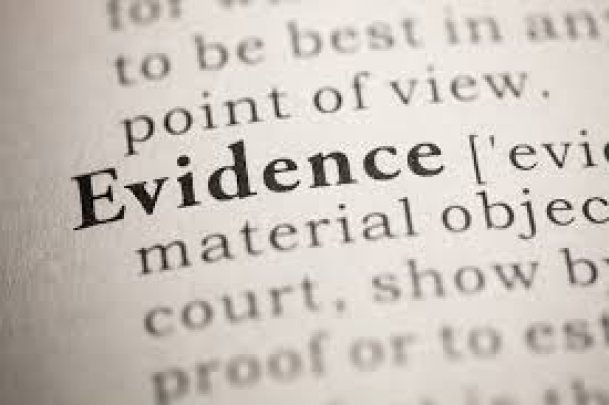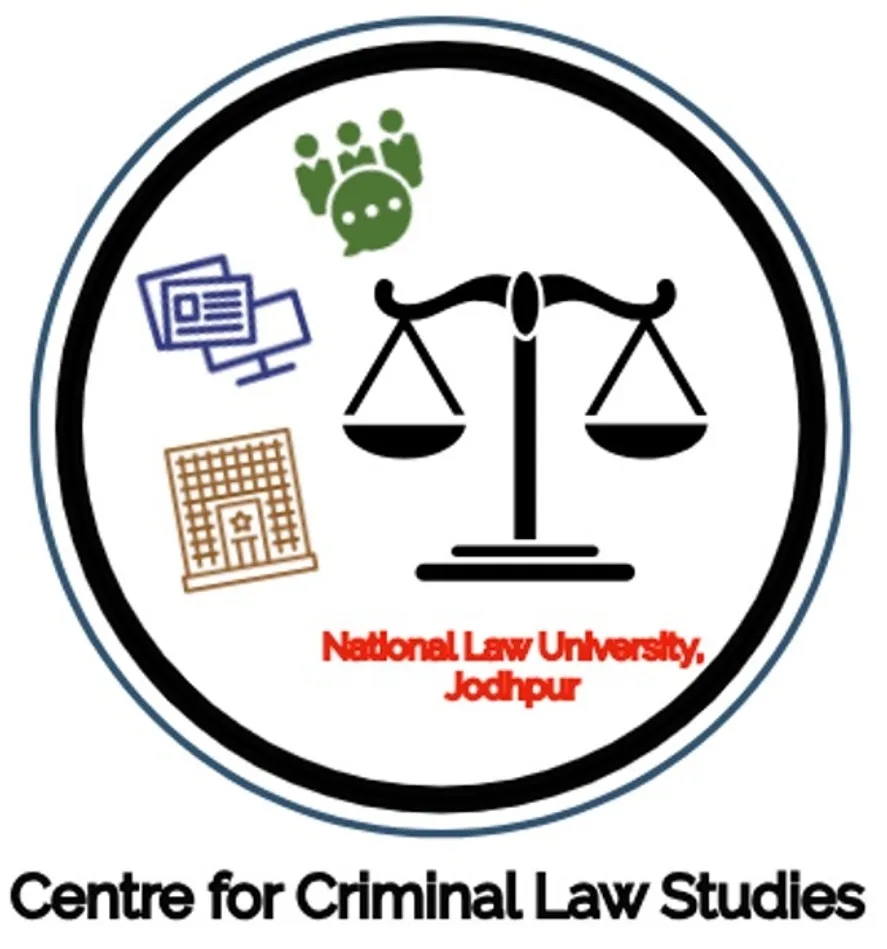-By Anshul Ramesh and Andolan Sarkar

Introduction
Confessions play an important role while deciding on the future course of action that is required to be taken by the police and also while securing the conviction of the accused. Sections 25 and 26 of the Indian Evidence Act, 1872 (“Evidence Act”) proscribe the admissibility of confessional statements made to a police officer or statements made while in custody (unless in presence of a Magistrate). Section 27 of the Evidence Act (“Section 27”) has been enacted as an exception to the above mentioned sections.
The prohibition of confessional statements made to a police officers or statements made while in custody arises from the presumption that the authenticity of these statements might be tarnished by police influence. The exception is created by Section 27 in so far as it relates to the discovery of a new fact made on basis of the confessional statement, and the statement shall be made admissible to the extent to which it led to the discovery of a new fact.[1]
This article shall criticize the scope of this section by analysing how the existence of such a section stands in contravention to the intention with which Sections 25 and 26 were implemented. Further, it shall explore various cases to analyze how the Courts have erred in their judgments while interpreting the usage of Section 27, especially while determining Section 27 to be an exception of Section 25 and 26. The non-consideration of several factors such as distinction between lawful and unlawful custody, presence of independent witness and delay in subsequent discovery would also be pointed out.
Analysis
- Intention of the Drafters:
As was stated by Justice Subba Rao in State of Punjab v. Barkat Ram, the intention of the drafters while making of the three inter-linked provisions of Sections 25,26 and 27 was to ensure the voluntariness of confessions by preventing the practice of torture by the police on persons in their custody. Further, statements under Sections 25 and 26 are recognized to have been made in a ‘notorious environment’, hence it led the drafters to rule out confessions made to a police officer by an accused as admissible. Moreover, in Raja @ Ayyappan v State of Tamil Nadu, the apex court stated that it cannot accept confessions of accused individuals when there is reasonable doubt that the confession has not been made voluntarily. This was the reason why statements made under Sections 25 and 26 are excluded from being admissible.
- Distorting the Intention:
The application of Section 27 of the Evidence Act requires the ‘information’ leading to the ‘discovery’ to be made only by an ‘accused’ who must be in the ‘custody of a police officer’. The latter requisite for invoking Section 27 has raised few anomalies – Firstly, the section is in contravention to the idea with which Sections 25 and 26 were formulated; Secondly, it creates a distinction between individuals ‘in custody’ and ‘outside custody’. Thirdly, Section 27 does not envisage a situation wherein an individual has been wrongly detained in custody.
- Should section 27 really be an exception to section 25 & 26?
Courts have universally held that Section 27 operates as an exception to Sections 25 and 26 of the Evidence Act. If it is supposed to operate as an exception, then there seems to be no justifiable reason to exclude statements made to individuals other than police officers. Even if it is conceded that Section 27 discards the self-incriminatory part of the statement and only allows the admissibility of that part which related to a subsequent discovery of a new fact; the problem lies not with the extent to which such a statement can be made admissible, but the fact that it still allows for the validity of statements made to police officers.
In Pakala Narayanaswami v. Emperor it was noted that Section 27 does not necessitate statements being made to police officers and that Section 27 should only be seen as a proviso to Section 26. Therefore, the court envisaged the possibility that such statements could be made to anybody, including prison mates, visitors or doctors. Hence, Section 27 being an exception to Section 25 and 26 is a misnomer and would be effective if the accused could be protected from the ‘persuasive powers’ of the police by allowing for statements made to other individuals.
2. Consequence of extorted statements
Section 27 does not take into account the derivation of a statement, therefore its wording does not affect the evidentiary value of a statement even if it has been derived by any kind of threat or torture.[2] In State of Bombay v. Kathi Kalu Oghad the Court held that the accused can invoke the right against self-incrimination in cases where he has been ‘compelled’ or ‘coerced’ to make a statement. This can be criticized as the burden to prove ‘compulsion’ or ‘coercion’ lies on the accused, and proving such compulsion would be difficult in the absence of physical violence. Hence, this safeguard can be termed illusory rather than a reality.
3. Presence of witness: why not a necessity?
A further lacuna is created within Section 27 when the section does not mandate the existence of independent witnesses at the time when the accused is making the statement. In Praveen Kumar v State of Karnataka, the court held that the absence of independent witnesses shall not invalidate the statement by the accused. Such relaxation provided by the Court has increased the chances of implicating accused persons in prison based on statements which made under ‘compulsion’ or under ‘coercion’. Due to such interpretation by Courts, even statements with less credibility have been made admissible. Even when witnesses were present, they were in fact sympathetic towards the deceased and naturally were against the accused, as could be seen in Khujji v. State of M.P. These instances highlight the lacunae in the current framework and the danger it poses towards dispensing justice.
4. Should lawful custody be same as unlawful custody?
In State v. NMT Joy Immoculate the Court held that the recovery of incriminating material could not be negated on the ground that the accused’s statements were made while wrongfully remanded in police custody. This highlights the failure of Section 27 to distinguish between lawful and unlawful custody.
- Interpreting the Misinterpreted:
In Pulukuri Kottaya v King Emperor, the court held the term “discovered in consequence of” as used in section 27 to mean as follows – “The condition necessary to bring the section into operation is that discovery of a fact in consequence of information received from a person accused of any offence in the custody of police officer must be deposed to, and thereupon so much of the information as relates distinctly to the fact thereby discovered may be proved. Normally the section is brought into operation when a person in police custody produces…..accused.” This interpretation of the aforementioned statement and the unreasonable classification of persons inside and outside custody is a misinterpretation of the court, as discussed below.
- Accepting confessional statements as non-confessional statements
Under Section 27, the Courts have not read the statement as a whole, and in fact accepted only that part of the confessional statement which led to the discovery of a fact. As we can see, the courts have tactfully tried to segregate the two parts of the same statement to provide a holistic interpretation, but the fact remains that making statements in relation to the recovery of an object used in the crime is equally self-incriminatory in nature. Thereby, in theory the Courts have created a false distinction by rejecting the confessional part of a statement and accepting the informative part, whereas, in reality both parts of the statement are equally self-incriminatory. The case of Mohd. Inayatullah v. State of Maharashtra could be cited as an example where the Court purposely blind sighted their judgement to pretend to have overlooked the presence of any incriminatory statement.
2. Consequence of delay in recovering object
The case of Ashish Batham v. State of M.P. led to another lacuna within Section 27, namely the fact that there is no prescribed time limit within which the recoveries have to be made. Although, the above judgement casted a slight doubt on the reliability of the evidence presented, nonetheless, such vacuum created within the law leaves room for further fabrication of evidence against the favour of the accused. The interpretation of this section should be such that the recoveries are to be made immediately on receiving information or within a reasonable time i.e. as would be required by the police to obtain evidence. The basic point which Courts should ensure is that there should be no possibility of concocting evidence by say, imposing false weapons on the place the accused as mentioned, otherwise it will become an easy tool for the police to plant evidence, and more often than not, secure a conviction against the accused.
3. What is the relevancy of accused being ‘inside custody’ or ‘outside custody’?
The constitutional validity of Section 27 was challenged in the case of Deoman Upadhyaya v. State of U.P., on the grounds that it violated Article 14 of the Indian Constitution since it failed to provide for a reasonable classification between persons in custody and persons not in custody. Finally, the Supreme Court held Section 27 to be not violative of Article 14. It is argued that the Supreme Court erred in its judgment and has failed to take into consideration the observations of the Allahabad High Court and minority opinion by Justice Subba Rao.
The object of Section 27 may be considered to create a balance between the rights of the accused and the information received. This balance is required to ensure the rights of the accused, so as to not allow the admissibility of statements that are confessional, but at the same time provide the investigating authorities with some lead via the information provided by the accused. The classification of persons as mentioned in Section 27 can be said to have no reasonable nexus with the object of the said section. It is relevant for the purpose of this section that the statement is made by an accused, whether the accused is in custody or not is irrelevant in relation to the truthfulness of the statements made. Moreover, the genuineness of any statement made by an accused should be higher if made outside custody, since then the presumption or scope of any kind of police atrocities or police coercion shall be reasonably lesser. These important considerations are unaccounted for.
Conclusion
The article analyses how the application of this section may not necessarily be implemented in the same spirit with which it had been formulated. This can further be substantiated by bringing forth the probability of misuse of section 27, since the section has left room for extorted and fabricated statements to be allowed before the Court.[3] It has come to appear that the current implementation of Section 27 seems to have defeated the purpose with which Sections 25 and 26 were initially enacted. Hence, Section 27 is truly irrational and needs fresh consideration by the legislature and judiciary.
[1] V. Nageswara Rao, The Indian Evidence Act 174 (2012).
[2] Dr. Avatar Singh, Principles of The Law of Evidence 160-165 (21st ed. 2014).
[3] Dr. Avatar Singh, Principles of The Law of Evidence 167-170 (21st ed. 2014).
[The authors are fourth year students at Jindal Global Law School.]

